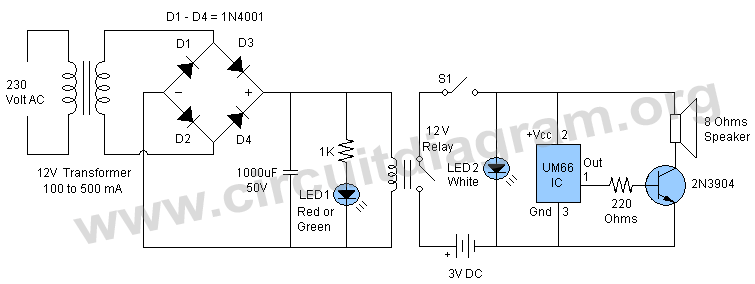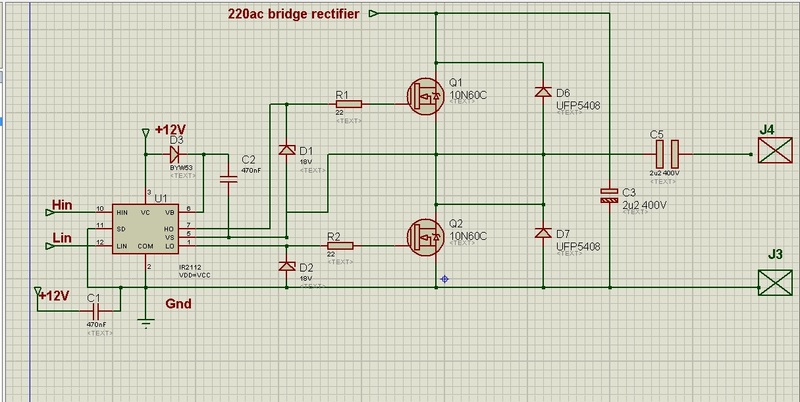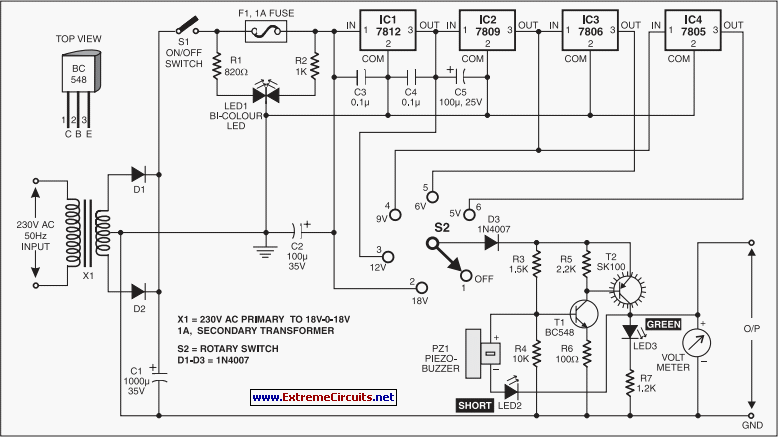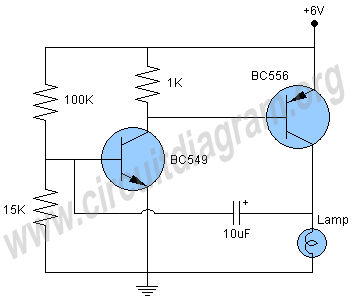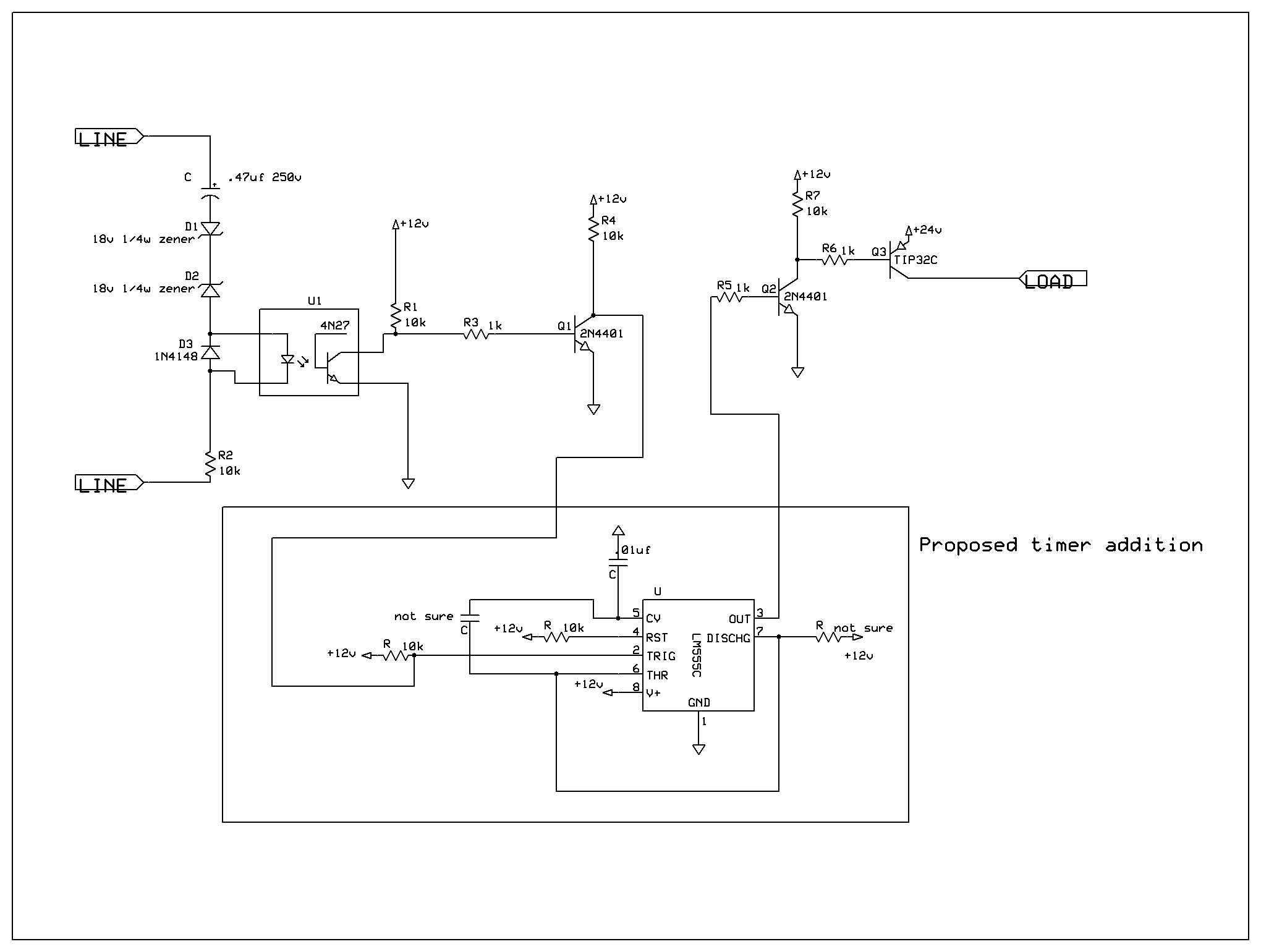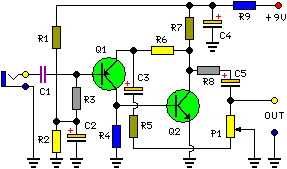
Safety polarity connection circuit
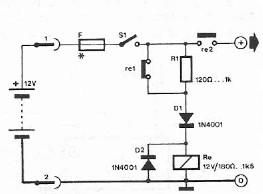
Safety polarity connection circuit design using common electronic components
The safety polarity connection circuit is designed to ensure that electronic devices are connected with the correct polarity, preventing damage from reversed connections. This circuit typically employs common electronic components such as diodes, resistors, and transistors to create a protective mechanism.
The core of the circuit often includes a diode placed in series with the power supply. This diode allows current to flow in the correct direction while blocking reverse polarity. In addition, a second diode may be used in parallel with the load, oriented to conduct during reverse polarity conditions, thereby protecting sensitive components from damage.
Resistors can be incorporated to limit the current flowing through the diodes, ensuring they operate within safe parameters. Furthermore, a visual indicator, such as an LED, may be added to signal correct polarity. This LED would be connected in such a way that it illuminates when the circuit is correctly powered, providing immediate feedback to the user.
In more complex designs, a transistor can be utilized to enhance the circuit's functionality. For example, a transistor can be configured to act as a switch that disconnects the load in the event of incorrect polarity, adding an additional layer of protection.
Overall, the safety polarity connection circuit is a fundamental design that leverages widely available components to enhance the reliability and safety of electronic devices, making it an essential consideration in circuit design.Safety polarity connection circuit design using common electronic components 🔗 External reference
The safety polarity connection circuit is designed to ensure that electronic devices are connected with the correct polarity, preventing damage from reversed connections. This circuit typically employs common electronic components such as diodes, resistors, and transistors to create a protective mechanism.
The core of the circuit often includes a diode placed in series with the power supply. This diode allows current to flow in the correct direction while blocking reverse polarity. In addition, a second diode may be used in parallel with the load, oriented to conduct during reverse polarity conditions, thereby protecting sensitive components from damage.
Resistors can be incorporated to limit the current flowing through the diodes, ensuring they operate within safe parameters. Furthermore, a visual indicator, such as an LED, may be added to signal correct polarity. This LED would be connected in such a way that it illuminates when the circuit is correctly powered, providing immediate feedback to the user.
In more complex designs, a transistor can be utilized to enhance the circuit's functionality. For example, a transistor can be configured to act as a switch that disconnects the load in the event of incorrect polarity, adding an additional layer of protection.
Overall, the safety polarity connection circuit is a fundamental design that leverages widely available components to enhance the reliability and safety of electronic devices, making it an essential consideration in circuit design.Safety polarity connection circuit design using common electronic components 🔗 External reference
